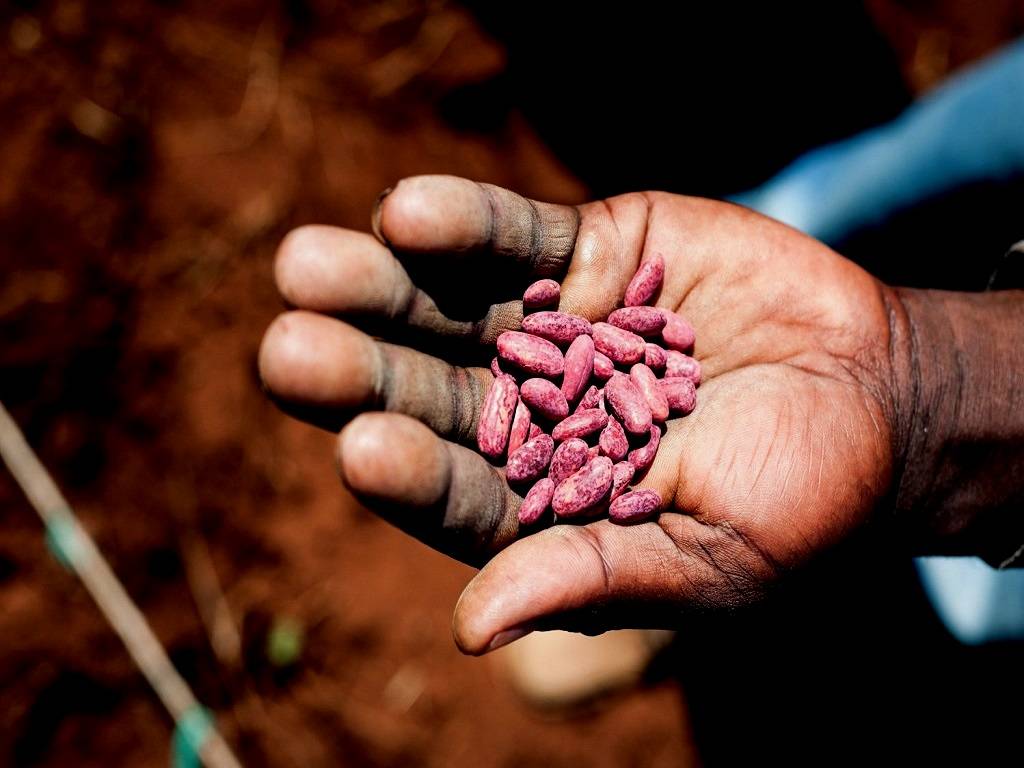
Pulses exist in a variety of forms, sizes, and colors, with hundreds of varieties growing across the world. Because of their flexibility and diversity, pulses are an important ingredient in attempts to reduce the effects of climate change and strengthen the resilience of food systems globally.
Pulses are abundant in protein as well as vital elements including fiber, folate, calcium, iron, and vitamin C. This implies they're great for human health (especially pregnant women), but they're also beneficial for soil health. The capacity of pulses to fix nitrogen increases agriculture production over time.
The country's pulse production has climbed from 140 lakh tonnes to 240 lakh tonnes in the last five to six years, thanks to the persistent efforts of farmers, scientists, and the farmer-friendly policies of the central government. We must now consider future needs as well.
Today, World Pulses Day 2022 will be celebrated for the fourth time (Thursday) in India with the theme, "Pulses to empower youth in achieving sustainable agrifood systems”.
Keeping in mind the above context let us look at some interesting facts about this resilient super food- Pulses that we all should be aware of:
-
Pulse is derived straight from the Latin puls, which means "thick gruel, porridge, mush.
-
For centuries, humans have relied on pulses. Farmers grew chickpeas and lentils as long back as 7000 - 8000 B.C., according to archaeological remnants discovered in modern-day Turkey
-
Common beans, pigeon pea, cowpea, groundnuts, chickpea, and soybean are the most extensively farmed pulses in Africa.
-
Pulses require just 43 gallons of water to produce one pound, compared to 216 for soybeans and 368 for peanuts.
-
As nitrogen-fixing crops, pulses actually enrich soils rather than deplete them of nutrients during the growing process.
-
Pulses contribute to food security because, as dried seeds, they may be kept for an extended period of time without losing nutritional value.
-
Pulses are drought-tolerant and frost-hardy, making them suited for a wide range of environments.
-
Pulses include high levels of protein, fiber and folate as well as calcium, iron, lysine, and vitamin C.
-
In low-income nations, pulses account for around 10% of protein consumption and 5% of energy intake.
-
Pulses are extremely beneficial for women and children because folate is a key nutrient during periods of rapid growth, such as pregnancy and infancy.
















